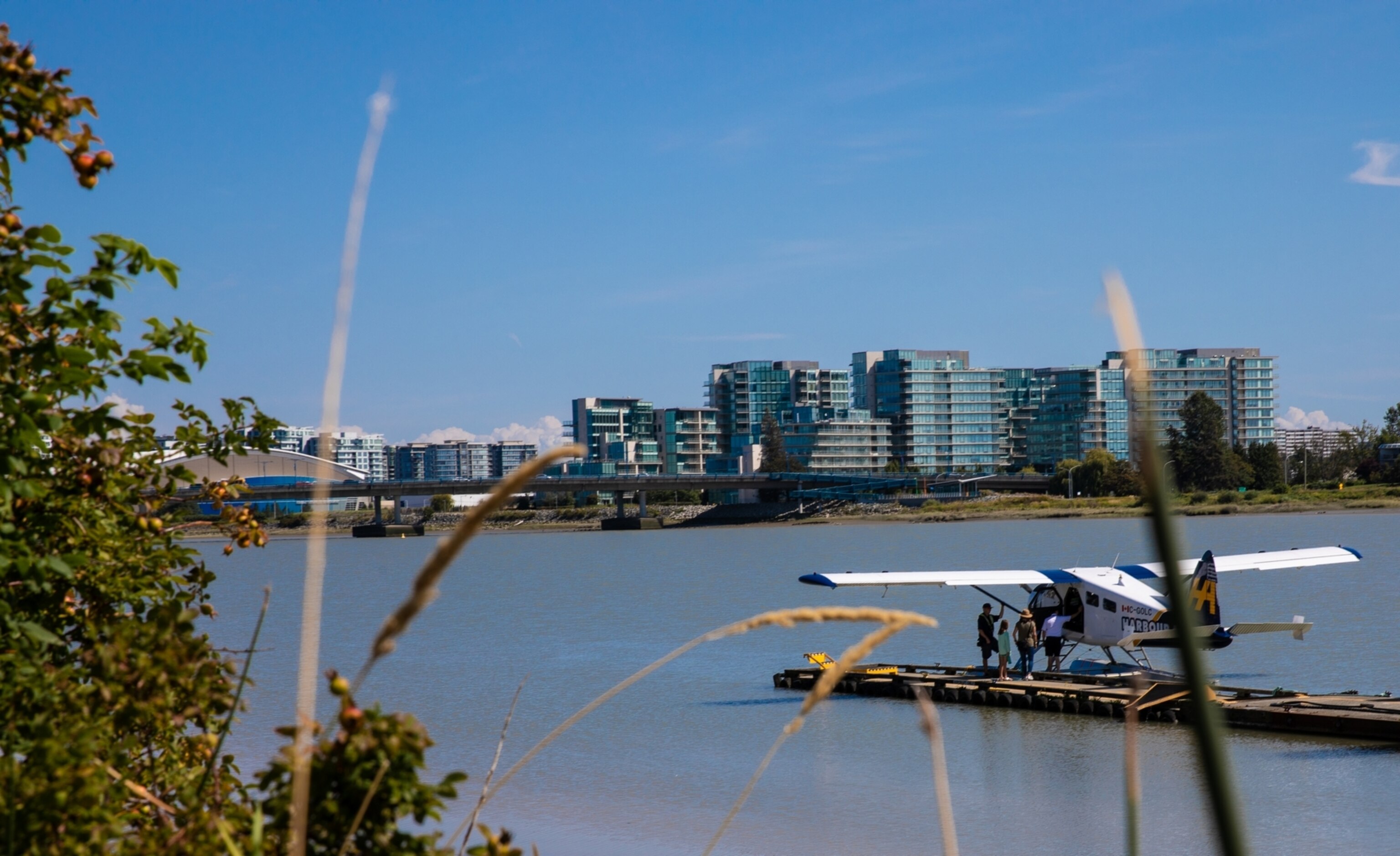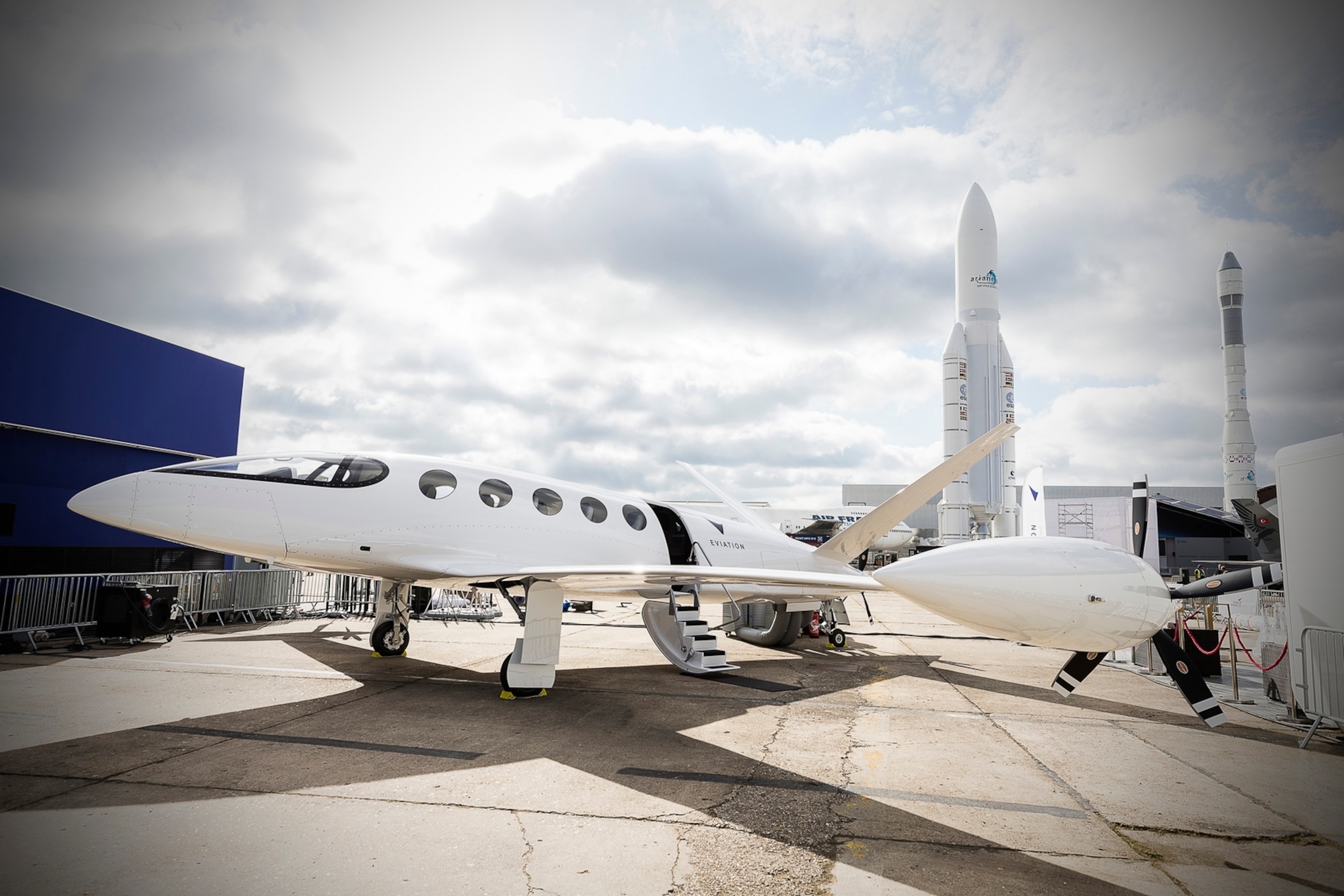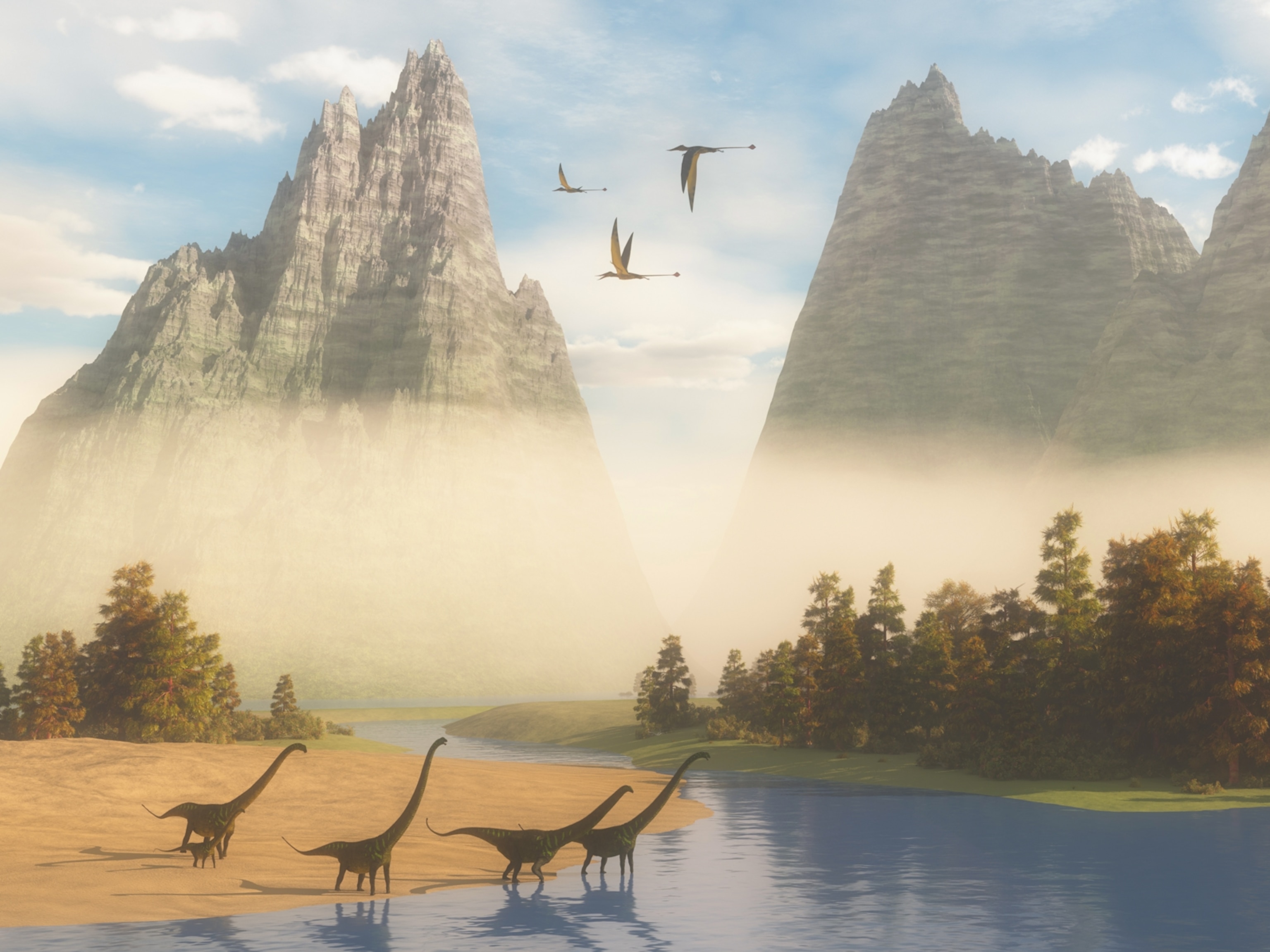Transportation has a lot to answer for when it comes to harming the planet. While cars and trains are moving towards greener, electric power, emissions from transport’s main culprit, air travel, are expected to increase a massive sevenfold by 2050. This is something that the planet just cannot sustain.
Of course there are little things you can do to reduce your carbon footprint when flying: offset your emissions, choose a green airline, fly economy, or simply fly less. But, if we want big green sky solutions, we need blue sky thinking, and, fortunately, there’s plenty of that happening right now.

E-planes
Making air travel electric throws up many challenges, with the biggest one being that the batteries needed to power long-haul flights would need to be so heavy that the plane would never get off the ground. A minor stumbling block to say the least. But, with two billion air tickets sold for flights under 500 miles annually, the potential for short-haul journeys to go green is much more optimistic.
Harbour Air is the largest seaplane airline in North America, flying 500,000 passengers on 30,000 commercial flights in a fleet of 40 propeller-driven seaplanes each year. Based in Vancouver, flights on Harbour Air transport passengers over snow-capped mountains, stunning pine forests, and clear, pristine waters. Crucially, all Harbour Air routes last less than 30 minutes, making it a perfect fit for electric engines.
“As an airline, we’re already carbon neutral - but we want to do more,” says CEO Greg McDougall. “We’re currently in the process of doing what a lot of people said couldn’t be done - converting our entire fleet of planes into all electric airplanes… If you think about it, it’s the natural evolution of transportation into electric propulsion.” To make this happen, the airline has partnered up with MagniX, a company powering the electric aviation revolution in every sense, to create the world’s first commercial flight with an electric engine. It leaves the tarmac for take-off in 2022.

Making the skies electric isn’t just good for the environment, it makes sound financial sense; a small aircraft uses 400 US dollars on conventional fuel for a 100-mile flight, while an electric one costs 8-12 US dollars for the same distance, and that’s before you factor in the higher maintenance costs of a traditional piston engine. There’s also the added bonus that electric planes are just much more pleasant to fly in. No loud engine noise, no vibrations, no smell of jet fuel, just environmentally friendly peace and quiet.
Going electric is a no-brainer for companies like Harbour Air, but it presents more of a test for medium-haul flights. Israeli start-up Eviation is attempting to rectify this with its new aircraft, called Alice. This isn’t your typical-looking airplane: Alice is powered by three rear-facing propellers and has a flat lower fuselage to help with lift. "You build a craft around your propulsion system. Electric means we can have lightweight motors; it allows us to open up the design space," says Eviation chief executive Omer Bar-Yohay. The plan is that Alice will carry nine passengers up to 650 miles at 10,000ft - and it’s a plan that seems to be working; Eviation has already received its first orders ahead of the aircraft’s inaugural flight, again scheduled for 2022.

Electric air travel’s challenges
While there have been real breakthroughs in the e-plane industry, the technical challenges that remain are keeping everyone’s feet firmly on the ground. A battery, even a lithium one, only provides 250 watt-hours per kilogram; compare this to liquid fuel, which has a specific energy of 11,890 watt-hours per kilogram. In aircraft, where every bit of weight counts, this can’t just be ignored.
Then there are the aviation regulations. The industry has spent years making the rules governing flying comprehensive, safe, and very, very stringent. In the US, these aren’t just regulations, they’re laws, and the powers-that-be are unwilling to change anything when they’re still unfamiliar with the technology and the risks associated with it. The problem is what’s been drawn up for piston-driven engines just doesn’t make sense when applied to an electric-powered plane. Case in point, under current Federal Aviation Administration rules, larger lithium batteries have to be encased in a “coffin” to prevent a possible fire or leak, which obviously can’t work when that battery is what’s powering your flight: while the FAA is trying, it could take years for the regulations to catch up with the technology.
Are hybrids the answer?
The transition from gasoline to electric in the automobile industry has been facilitated by hybrids, and many believe the same pattern could be followed in the air. Take a medium-haul flight with a range of just under 950 miles; CO2 emissions could be reduced as the electric component is switched on at key parts of the journey, notably on take-off and landing.

Hybrids give airlines a safety net when it comes to using electric engines and there are several models in production. Airbus, Rolls-Royce, and Siemens’ E-Fan X program features a two megawatt electric motor and has a 2021 launch date. United Technologies’ Project 804, which claims to cut fuel costs by 30 per cent, will be ready by the mid-2020s. UK based airline Easyjet are collaborating with Wright Electric, with the goal of using electric aircraft on its regular services within ten years.
It’s certainly an exciting time for electric flying. With companies like Harbour Air and Eviation taking the lead, battery-powered planes, especially on short-haul journeys, are set to become a reality in the next few years. It will be longer distances that present the challenge, but hybrids may provide a partial solution, at least until technology and regulation can find a greener way to take to the skies.
Further information on official fuel consumption figures and the official specific CO₂ emissions of new passenger cars can be found in the guide “Information on the fuel consumption, CO₂ emissions and electricity consumption of new cars”, which is available free of charge at all sales dealerships and from DAT Deutsche Automobil Treuhand GmbH, Hellmuth-Hirth-Strasse 1, 73760 Ostfildern-Scharnhausen, Germany (www.dat.de).








